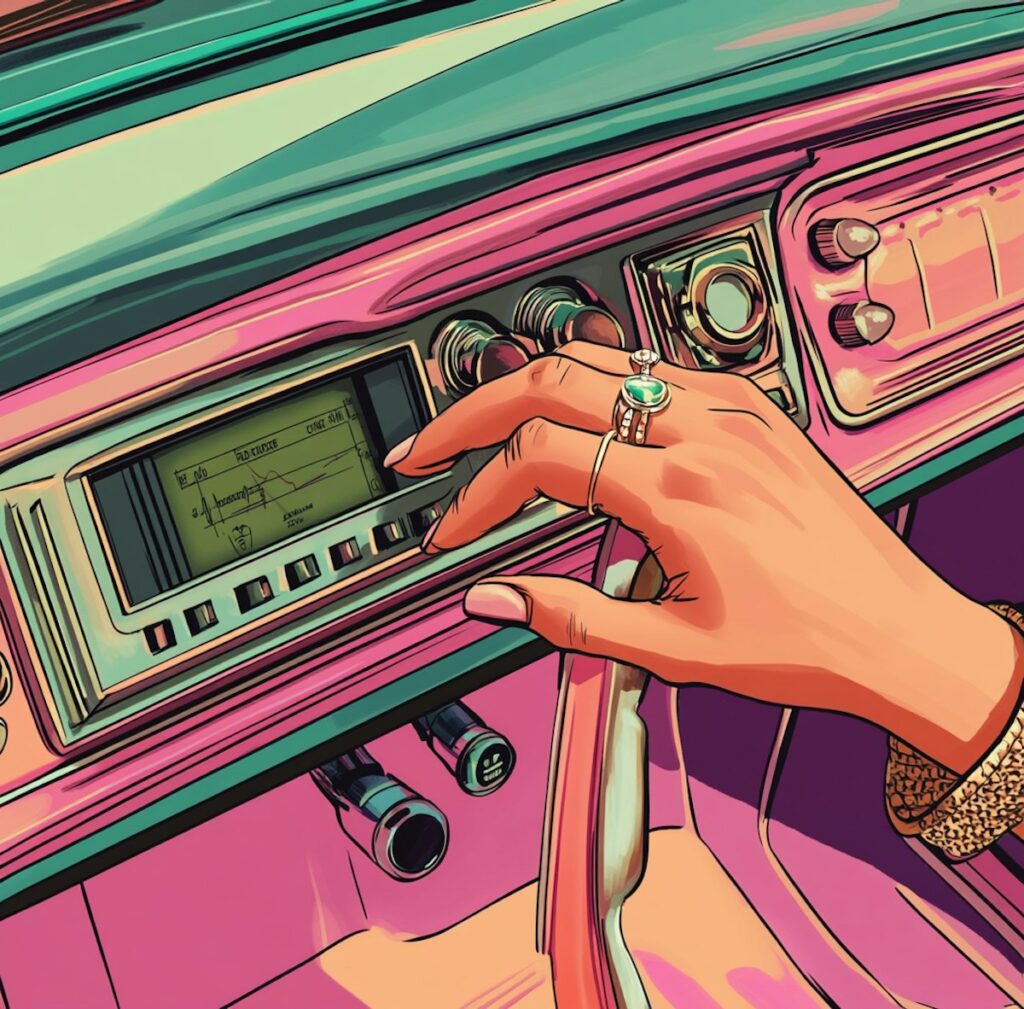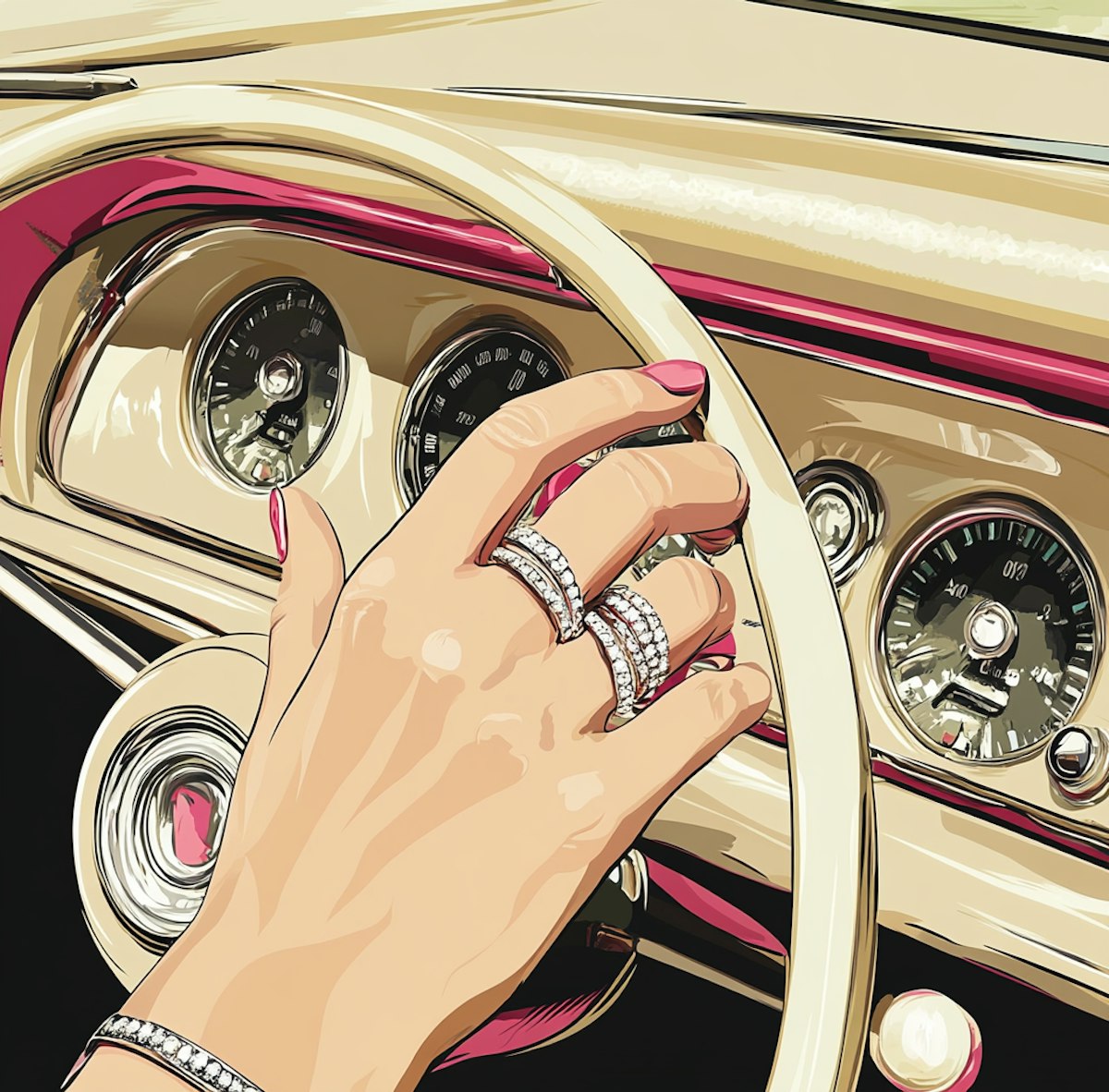The jewelry industry is shrouded in mystery, tradition, and—let’s be honest—a fair amount of markup.
Most customers walk into a jewelry store armed with a little bit of knowledge, a lot of trust, and the hope that they’re making a wise investment. But here’s the truth: there are things your jeweler won’t tell you.
Whether you’re shopping for an engagement ring, a milestone gift, or just treating yourself, (as you should!) here are 10 industry secrets to keep in mind before you buy.
1. Platinum Is Actually Cheaper Than Gold Right Now
Platinum has always had a reputation as the most premium, high-end metal. But not right now!: platinum is currently cheaper than gold per gram.
Why? Platinum is denser and requires more material to make a ring, so jewelers charge more for labor—but the raw material itself is often more affordable than 18K, and now even 14K gold. If you’re looking for longevity and prestige, platinum may be the smarter (and more budget-friendly) choice.
2. Diamonds Lose at Least 80% of Their Value as Soon as You Leave the Store
That sparkling diamond ring might be the love of your life, but it’s not a great investment. Most diamonds lose 80% or more of their value the second you walk out of the shop. The resale market for diamonds is brutal, and (unless you have an incredibly rare stone) just like a brand new car, you’ll never recoup what you paid.

3. Most Ring Settings Are Mass-Produced
That “custom” ring you’re eyeing? There’s a good chance it came from a massive supplier like Stuller, Gabriel & Co., or Adwar Casting. Most jewelers don’t handcraft their settings—they order them from catalogs and set the diamond in-store. If you’re paying a premium for a “custom” ring, ask detailed questions about where the setting came from.
4. The Kimberley Process Doesn’t Work
The Kimberley Process was designed to prevent conflict diamonds (a.k.a. “blood diamonds”) from entering the market. But here’s the problem: it’s largely ineffective. The process only regulates rough diamonds, meaning once they’re cut and polished, they can be freely traded. Many conflict diamonds still find their way into supply chains under the radar. If you want an ethical diamond, lab-grown is your safest bet.
5. Diamonds Are Marked Up by 800-1,500%
Think that diamond price tag is fair? Think again. Diamonds are often marked up between 800% and 1,500%.Jewelers source stones at wholesale prices and inflate the cost dramatically. This is why shopping around, negotiating, and considering lab-grown alternatives can save you thousands.
6. Color and Clarity Matter Less Than You Think
Jewelers love to upsell “colorless” diamonds (D-F) and high-clarity stones, but here’s the truth: most people can’t tell the difference. A well-cut G-H color diamond will look just as bright as a D color stone. Likewise, a VS2 clarity diamond is “eye clean,” meaning you won’t see any flaws without a microscope. Don’t overpay for imperceptible upgrades.

7. If You Bought a Diamond Without a Certificate, You Got Scammed
Buying a diamond without a GIA or IGI certificate is like buying a designer bag without checking if it’s fake. Certification ensures the diamond’s quality, and if your jeweler can’t provide one, you’re probably overpaying for an inferior stone.
8. Lab-Grown Diamonds Are Physically and Chemically the Same as Mined Diamonds
Despite what some traditional jewelers may say, lab-grown diamonds are 100% real diamonds. They have the same chemical composition, sparkle, and durability as mined diamonds—just without the ethical baggage or insane markup. And they can cost up to 70% less.
9. “Fluorescence” Can Make a Diamond Cheaper—But Also Look Brighter
Fluorescence in diamonds is often viewed as a flaw, and jewelers will discount stones that have it. But here’s the twist: in some lighting, fluorescent diamonds actually look whiter and brighter. If you want to save money, a diamond with medium blue fluorescence can be a smart buy.
10. Jewelers Push Mined Diamonds Because They Have Bigger Margins
Many jewelers still push mined diamonds over lab-grown alternatives, but it’s not because they’re “better”—it’s because they’re more profitable. Traditional diamonds come with higher markups, while lab-grown stones offer consumers more value. If your jeweler is dismissing lab diamonds outright, it’s likely because they don’t want to lose out on a bigger sale.
Be an Informed Buyer
Jewelry is emotional, sentimental, and often symbolic. But that doesn’t mean you have to fall for industry myths. Knowing these secrets can help you make smarter, more ethical, and budget-friendly decisions.
The next time you walk into a jewelry store, ask questions. Demand transparency. And remember: a beautiful, meaningful piece of jewelry doesn’t have to come with a sky-high markup—or a hidden truth.








